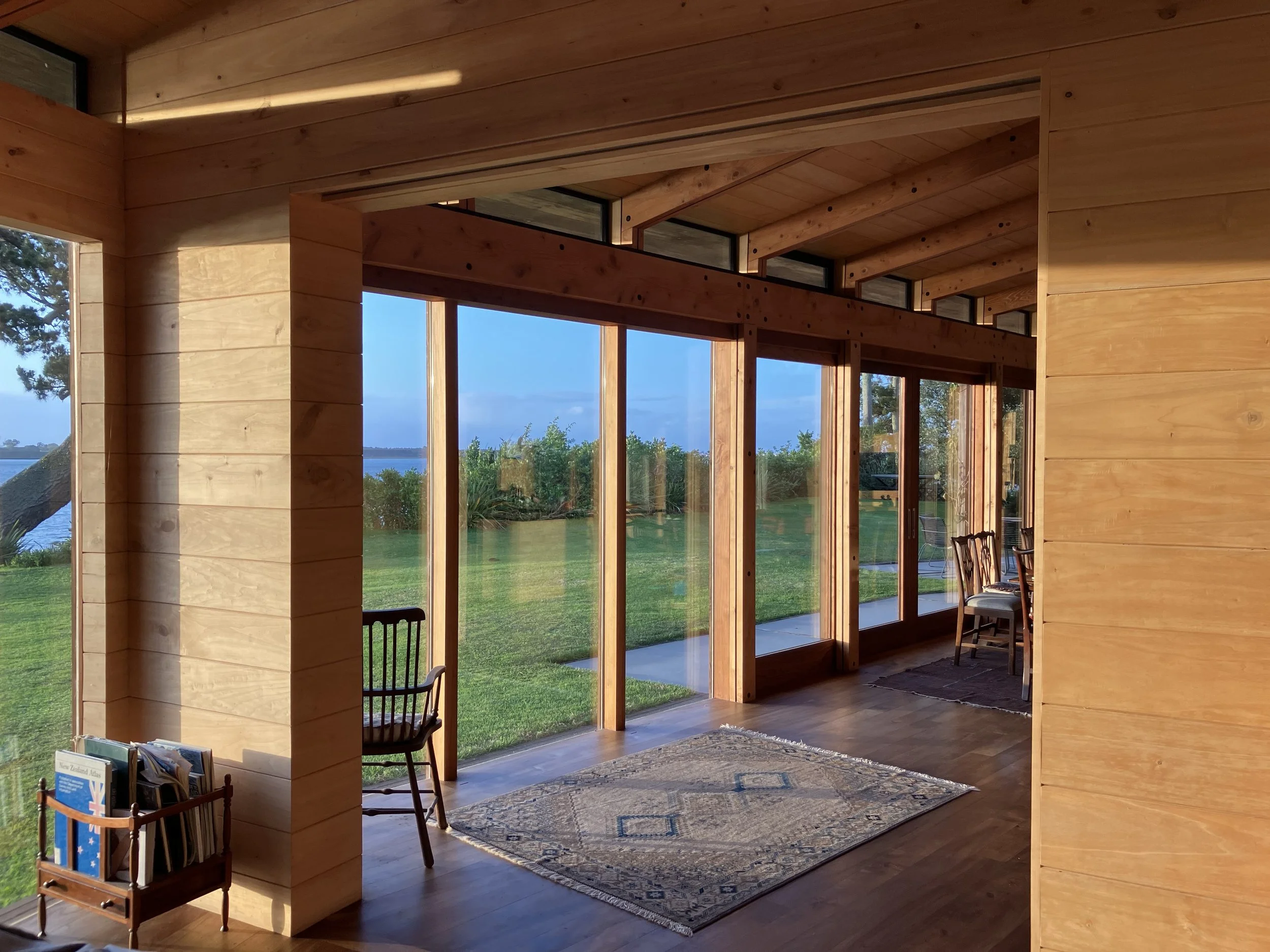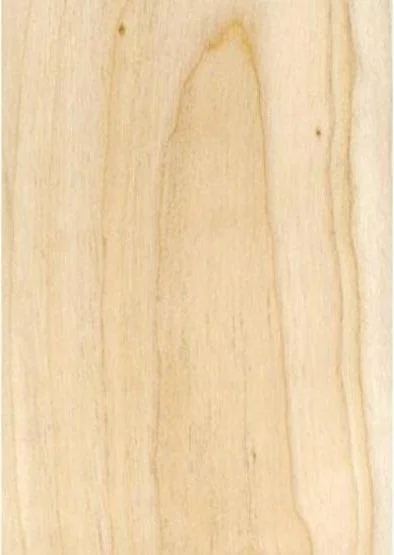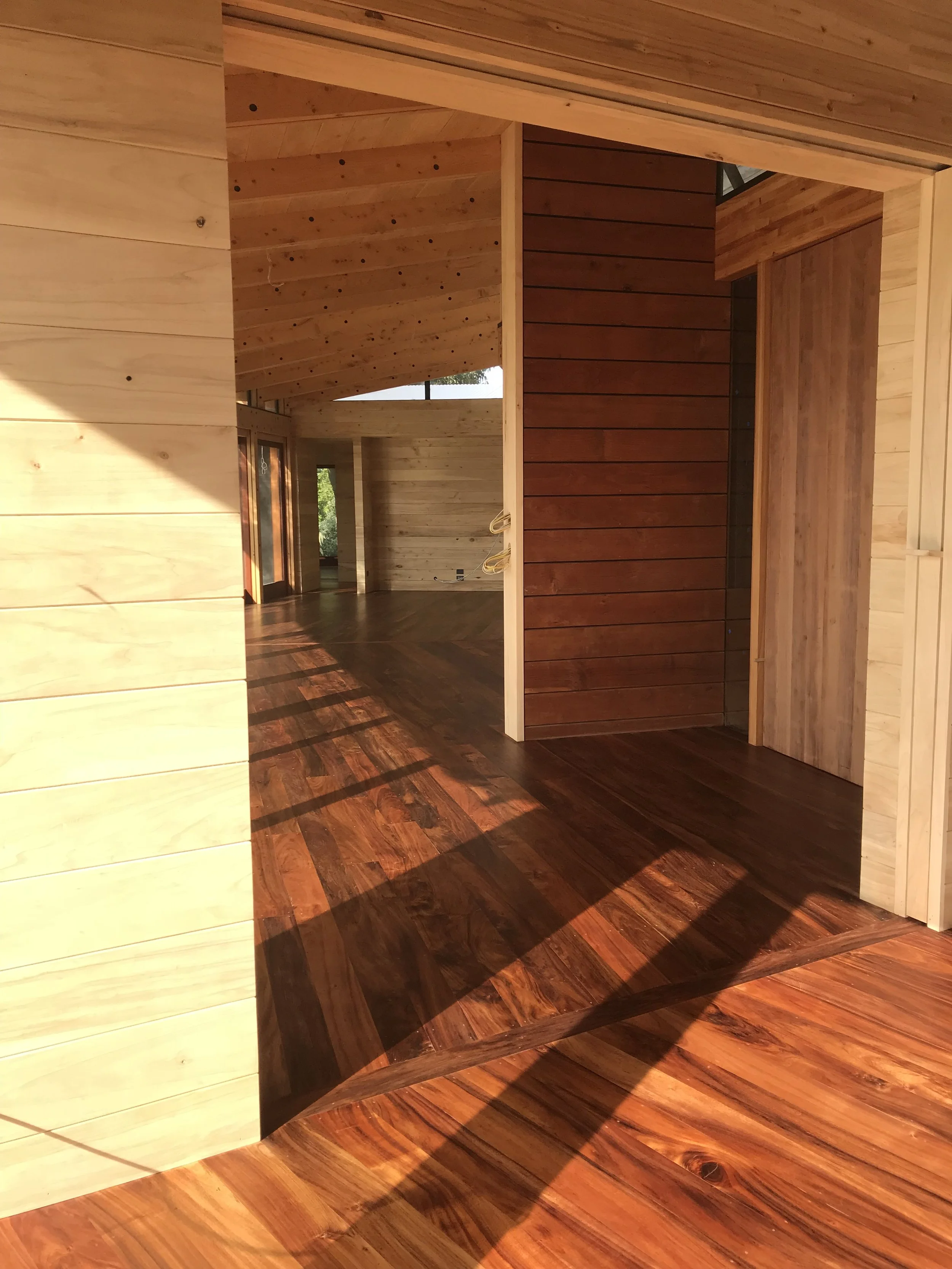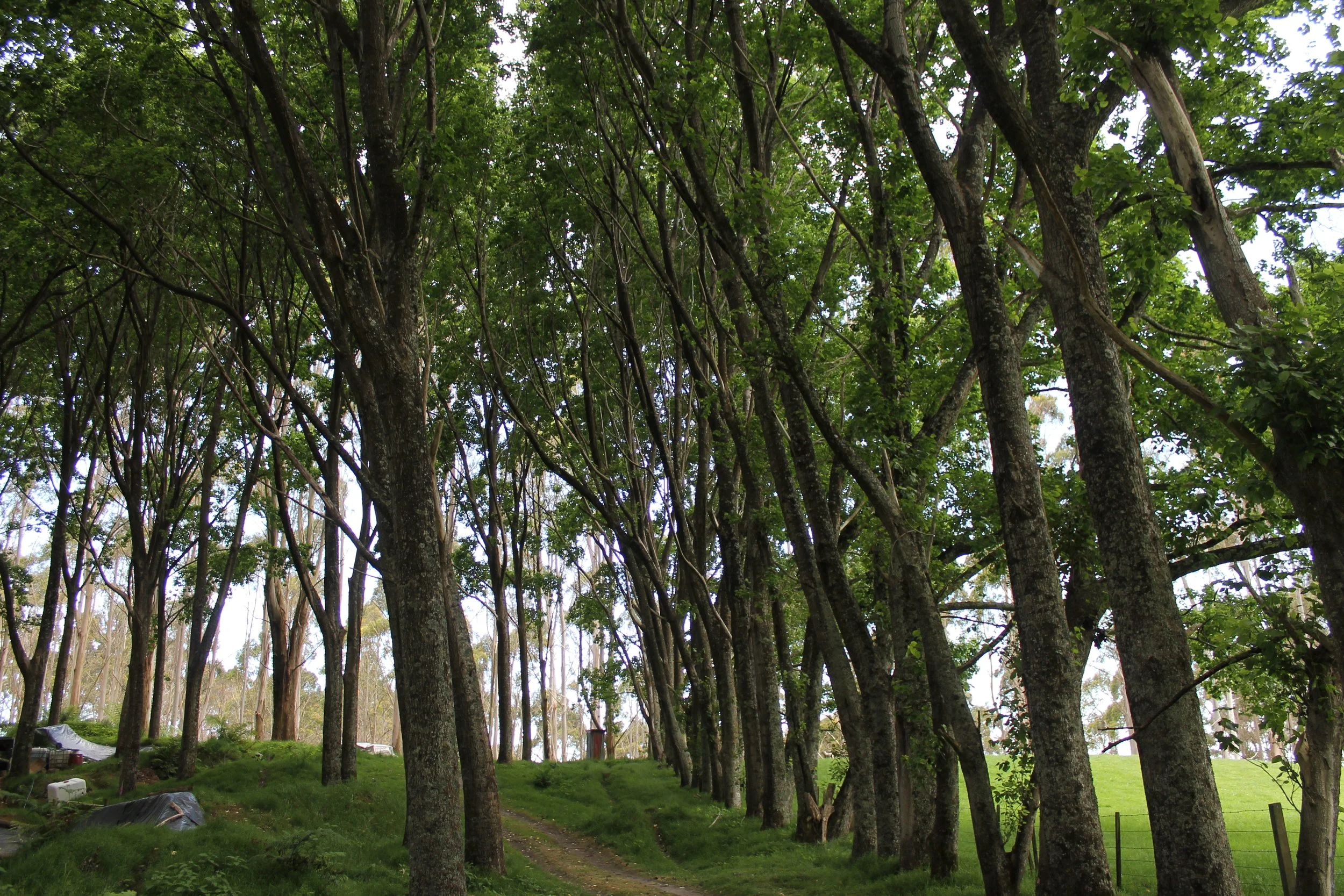Poplar
Poplar Eugenoides
Poplar is characterised by its fine, even texture, indistinct growth rings and light colour. The even pale colour, depth and lustre give poplar a unique and attractive appearance and finish.
Colour
Poplar is a light coloured soft, low-density hardwood timber. The sapwood is usually indistinguishable from the heartwood and almost white.
Strength
In bending strength and stiffness poplar generally compares favourably with Radiata pine on a weight-for-weight basis. Strength-related properties increase with distance from the core. Therefore, the longer a poplar stand is allowed to mature, the more high-strength material will be available. However, poplar is not generally recommended as a structural timber
Durability
Poplar wood is tough and resistant to wear, and takes a lot of punishment before splitting. Such attributes make it useful for applications such as truck and trailer decking.
Finish
Growth rings are not conspicuous and texture is fine giving the unfinished timber a plain appearance. However quartersawn material has a speckled lustre and depth similar to kauri once finished.
Information sourced from: Farm Forestry NZ
Workability
The machining, bonding, and finishing properties of poplars are quite good, making the wood well-suited for a variety of uses, from furniture to veneer manufacture. Sharp knives are essential to avoid chipping when planning. The fibrous surface requires considerable sanding to ensure a high-quality finish.
Poplar takes the application of surface coatings well and takes an even stain.
Poplar wood has fairly low surface hardness.
Uses
Furniture
Interior joinery
Panelling & mouldings,
Packaging (the wood is odourless)
Kitchen utensils
Doors
Truck decking









